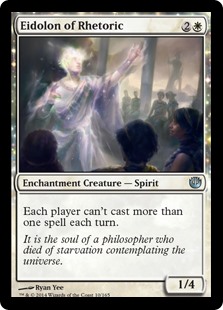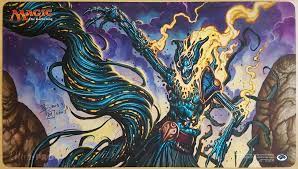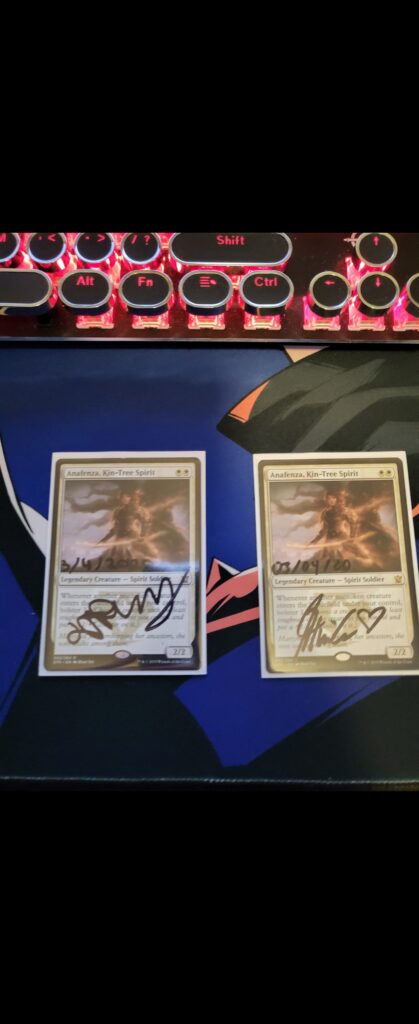In this blog post, I will be briefly exploring four readings from my American Material Culture class. I currently work at an auction house that deals with maps, fine art, and historic furniture. So I will sometimes be drawing on that experience in my writing, and I also have plans to connect the readings to my research projects that I am currently working on.
Jules David Brown’s ‘’Styles as Evidence’’ challenges historians to examine objects and not dismiss them. Brown says ‘’Historians are less at ease when they are called to consider evidence from the past, the mute heritage of things produced over the centuries by the minds and hands of men’’. (Pp. 198). Without fully understanding what to look for, I felt this discomfort myself. A chair was simply a chair to me. After spending more time around these objects, I can recognize Chippendale pieces, or styles being used. I’ve had the benefit of spending time with Dr. Philip Zimmerman, who has walked me through the steps that Fleming puts forward in his work.
E. McClung Fleming in ‘’A Propose Model’’ presents a model to study artifacts. The four basic steps include identification, evaluation, cultural analysis, and interpretation. Having a clear work to compare another two is a great way of identifying the styles of the period and if a piece fits. There have been many times when Dr. Zimmerman would say to me something along the lines of, ‘’That’s from Pennsylvania’’ and I would be confused and he would tell me about how it has the same style, and construction patterns as Philadelphia pieces as the time period. His words continued to fill my head while reading these articles.
Alison Barlett and Margeret Henderson’s article ‘’What is a Feminist Object’’ was both an incredible read, and something that is helpful for me for a project I’m working on. They use material culture to understand women’s movements. Objects of activism become objects of feminism. Presenting these objects in a museum could, as Sharon Macdonald says, cause a ‘’memory unsettlement’’. (Pg. 6). As these objects, along with objects from minority groups in general, challenge dominant memories presented in museum spaces. They proposed a system of feminist objects to order their collection as corporal things, world-making things, knowledge, communicative things, and protest things. My current research project is focused on the modern Korean feminist movement, from 2016 to today. In 2016 a woman was murdered at Gangnam Station, a clear case of femicide. Protestors left post-it notes and chrysanthemums at the site. These objects are objects of protest, hope, and a way to mourn.
Charles Montgomery’s ‘’The Connoisseurship of Artifacts’’ was an interesting read into the work being done by craftsmen. It’s an easy read that goes over multiple ideas such as style, function, trade practices, and so on. The part that stood out to me was when he discussed how antiques are repaired or altered from their original form. As someone who looks at historic furniture often, I’ve started learning how to identify when a piece is replaced or newer than it should be. Whether this is from a clear difference in wood and the grain, or the overall materials being used. Or to the aging of the material and the use patterns. This is a great read for anyone studying material culture.
The overall style of Magic: The Gathering cards is hard to limit because of the use of various artists throughout the years. Each has their own style and influence that they bring to their work. For example, one of my favorite artists Winona Nelson was inspired by her Indigenous roots when creating the art for Voice of Resurgence. Our how artist RK Post uses lines in interesting ways in his art, and it radically stands out that the designs are his compared to other Magic artists. I’ve had the pleasure of meeting multiple artists and hearing about the process they go through. The company that owns the game, Wizards of the Coast, will reach out to artists with vague ideas or words and ask the artist to create something. This process can go back and forth until the process is finished. Artist Ryan Yee told me this when I saw him in Pittsburgh and he told me the story of how Eidolon of Rhetoric came to be.
I think tracking Magic cards through their production and consumption may be easier then interpreting styles of the art. The card stock that Magic cards have been printed on since the start of the game 30 years ago come from three factories in the world, Arjowiggins in France, Kohler in Germany, and USPC in the US. I hope through my studies to potentially find differences in printing in any of these areas, or perhaps they all are fully the same. Through a quick search, the cardstock material is listed as 350 gsm silk paper.
I’ll be using ideas form Charles Montgomery’s article, specifically I’m interested in the trade practices, function, and history of the object. The function is relatively clear, but perhaps this could be analyzed further as Magic cards have other use and context outside of just playing the game with them. People alter their art, or create boxes with them, make clothing, and other various things that people who love the game do. I’m looking forward to exploring the game that I love. I’ll attach the photos of the cards I referenced at the end, as well as the card I’ll focus on for my study, Anafenza, Kin Tree Spirit. The art is done by Ryan Yee, a Pittsburgh native who I had the pleasure meeting some years ago. It’s one of my favorite cards, and has some sentimental value to me. I also own a frames print of the art, and have bought other art from the very talented Ryan Yee. my plan for this research will be to look further into how Magic: the Gathering cards are produced, what they are produced on, how do those factories come about those materials, the printing process, and the distribution of the product globally. I’ll have to follow supply chains and find out what factories ship to what countries, and perhaps even what factories print certain languages, as this is a global game. I also want to analyze how Magic: The gathering is consumed as a product, and how it both is shaped by and shapes the culture around itself.
My Attempts at Hand Stitching:
Here is my first attempts at doing a cross stitch. After some practice, I was starting to get a handle on making a straight line. Though admittedly it took me a couple of hours to figure this out, which I’m not proud to say. Overall the experience of stitching is really fun! I’m someone who enjoys keeping their hands occupied, so it was a nice thing to work on while enjoying some time in front of the tv. I look forward to sharing weekly updates on my stitching progress.



